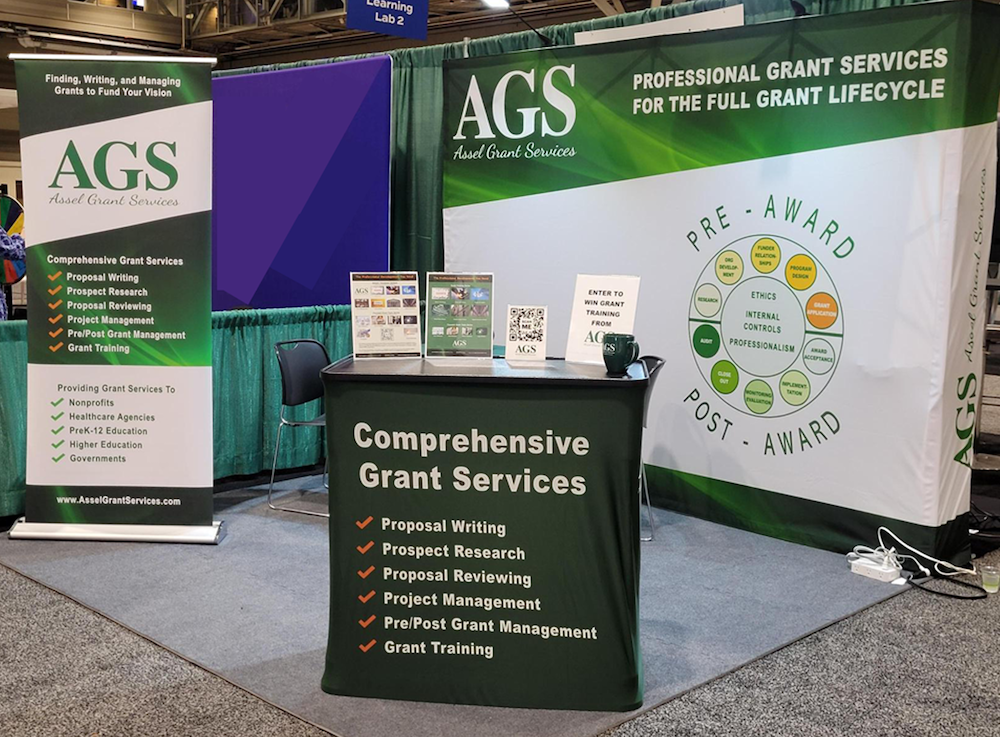Funder Relations
14 Apr Low Hanging Fruit Still Needs Cultivation By: Kellie Brungard, GPC
Posted at 18:00h
in Case Statements, Community, Competency Eight, Culture, Funder Relations, Funding Opportunities, Kellie Brunguard, Relationships
In grant seeking, fundraising professionals sometimes refer to low-hanging fruit as the donors who give year after year with little effort, synonymous with “easy money.” While the term is often tossed around, it can be frustrating to funders and grant professionals. Funders may have fewer requirements to increase accessibility to nonprofits or value the longevity of relationships. The funder is still striving to make an impact in the community. Grant professionals understand the nuances of grant seeking and can see the industry landscape increase in competitiveness as more organizations apply for funding and foundations give conservatively in response to volatile markets. Fundraising strategies that rely on these dollars without stewardship may find themselves in the midst of a drought.
28 Jan Denied and Denied Again by: Kellie Brungard, GPC
Posted at 18:00h
in Competency Eight, Funder Relations, Kellie Brunguard, Organizational Development, Relationships, Strategy
Denial can be challenging, especially when your grant proposals seem to be on a losing streak. Before you start rethinking your grant strategy or wondering if you’re doing something wrong, there may be other proactive steps and factors to take into consideration. Grant funding is complex. There are a multitude of funding streams, networks and relationships, and preferences involved—most of which are beyond your control. And while you can do your best to present an aligned, impactful proposal, sometimes you will never know the reason a proposal is denied. Sometimes, a string of denials prompts a self-evaluation to evaluate how you could do better, or you take the rejection personally. While self-awareness is important, so is understanding the factors that are beyond your control in an application.
11 Jan Grant Stewardship: Beyond “Thank You” by Megan Campbell, MPA, GPC
Posted at 18:00h
in Competency Eight, Competency Six, Funder Relations, GPC, Grant Reporting, Grants Management, Megan Campbell, MPA, Relationships
Congratulations! You have received notice that a local foundation will gladly support your organization and/or program during the coming year. The foundation board or staff are excited about your mission, your plans, and helping serve your community. You record the amount in your donor and accounting software, generate a letter acknowledging the gift, and move on to managing the implementation of program activities. Right? Well, no.
02 Jun How to Build and Maintain Strong Relationships With Grant Partners by Hayley Waynick, GPC
I recently attended a webinar through the Grant Professionals Association entitled “Pet Peeves of Funders.” The trainer had conducted extensive surveys with grant making entity officers in her area to assess their biggest pet peeves with the organizations they fund. One program officer surveyed shared that...
28 Apr AGS at AFP ICON in New Orleans
Last month, three of our staff - our President/CEO, Julie Assel; our VP of Operations, Julie Alsup; and Administrative Assistant, Katie Kendle - traveled down to New Orleans to the AFP ICON conference to exhibit and talk to development staff from across the world about...
11 Dec Don’t Hibernate on Grants: how to use downtime to prepare for 2023 by Kellie Brungard, GPC
This time of year starts to get a little strange between projects wrapping up for the year, the time change I still have not adjusted to, and differing work schedules for holiday plans and using up vacation time. While some like to bank their paid time off to have a full holiday break (which is fully respectable), I like to use this quieter time to work on projects that get pushed to the side during busy seasons. Here are some ways I like to use downtime to my advantage.10 May Growing Partnerships By AGS Staff
Posted at 16:35h
in AGS Staff, Competency Three, Competency Two, Funder Relations, Organizational Development, Program Design, Relationships
As grant professionals, we all know that one way to boost our proposals is to include collaboration. Funders like to see partnerships for a number of reasons. But too often, the partnerships we include might not be very substantive. Maybe we worked together on one event or they refer a few clients to our organization. But funders emphasize collaboration for good reason and it might be time to truly give those partnerships a chance to GROW!
So, how do you go about helping your partnerships blossom? Begin by taking stock of all of your current partners, big or small. Partners could include other nonprofit organizations, funders, businesses, or individuals. Assess the ways in which you currently partner and begin thinking outside of the box to explore other ways in which both parties could benefit from expanded collaboration. One way the levels of partnership are often framed is through the 3C Model, which came from the for-profit sector. Its tiers include cooperation, coordination, and collaboration (moving from simple to complex). Here are a few ideas of ways to expand from surface-level partnership to meaningful relationships that benefit everyone involved:
31 Jan Know Your Funder’s Love Language By AGS Staff
Posted at 19:00h
in AGS Staff, Competency Two, Funder Relations, Organizational Development, Relationships, Strategy
To kick off the month of love, we’d like to talk about relationships. In our personal lives, we know that nurturing relationships with our families, friends, and partners is important. Strong relationships provide mutual benefits; we give support to our loved ones as they make steps toward their personal goals, and we hope they do the same for us. As nonprofit leaders and grant professionals, we all know how crucial it is to build solid relationships in order to succeed in reaching our organizational goals, as well. We build relationships with our beneficiaries to make sure our program strategies match their strengths, needs, and solutions. And we build relationships with funders to ensure we have a strong financial foundation to continue offering those programs. Just as every relationship in our personal lives is unique, so are the approaches we must take with funders, depending on whether they are a foundation, corporation, or federal agency. So, let’s talk about the distinct “love language” and which approach to take in building relationships with each of the funders listed below.
29 Dec Holiday Cards and Relationship Maintenance by Leah Hyman, GPC
I’m not the type of person who sends out holiday cards. I want to be that type of person. I feel like I should be that type of person. After all, I love receiving them; the photos of our friends and family and their “year-in-review” recaps always bring a smile to my face. And I grew up with a mom who is great at sending holiday cards. I have vivid memories of her pulling out the notebook filled with addresses, often with amendments and notes penned neatly beside certain names. She’d carefully address and stuff envelopes with a card and letter detailing our family’s updates and accomplishments. By giving my brother and me some editorial power over our own paragraphs (so we could keep our very cool reputations intact) and soliciting our help with the envelope stuffing, she was giving us a primer in relationship maintenance.- 1
- 2










